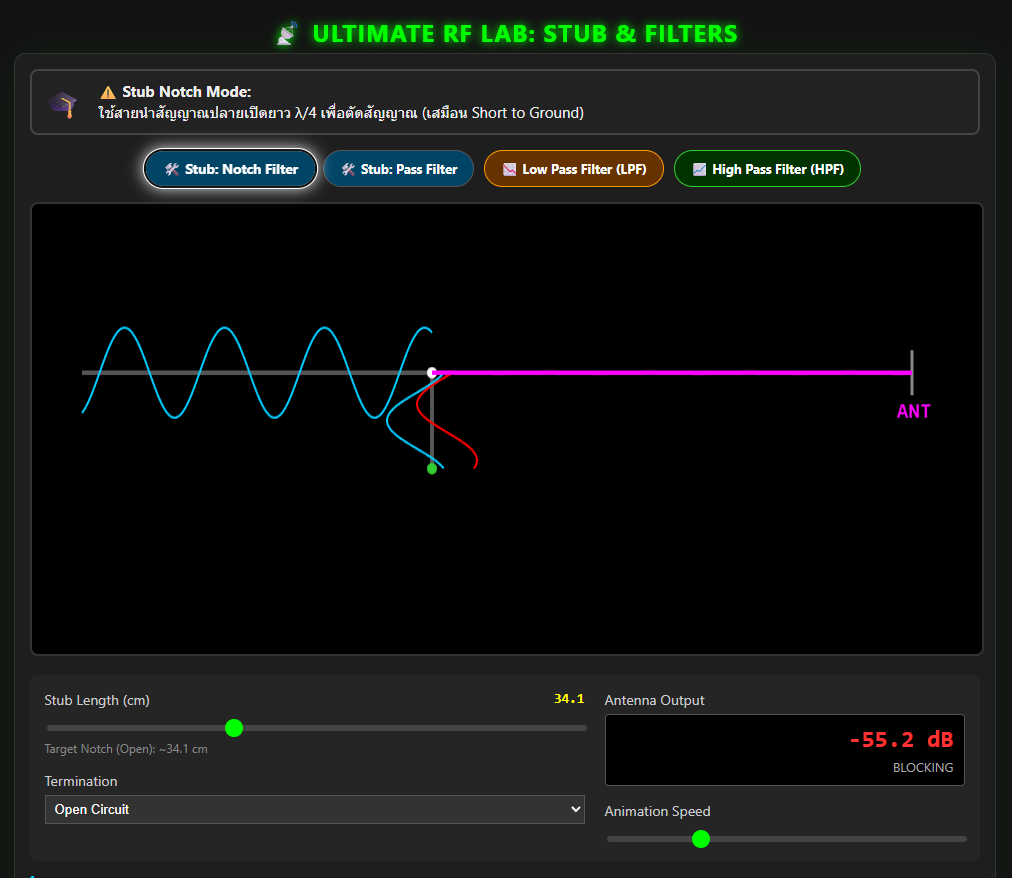amateur radio
ham radio
LoRa
mesh network
mesh radio
meshtastic
off grid
radio amatur
amateuradio, decentralization, disasterpreparedness, emergencycomms, encryptedmessaging, esp32, firmware, gpstracking, hamradio, IoT, LongRangeCommunication, lora, loramesh, lowpowercommunication, meshnetwork, meshtastic, offgridcommunication, opensource, p2pnetwork, telemetry
9M2PJU
0 Comments
How Meshtastic Works
In a world where communication infrastructure can be unreliable—or even unavailable—projects like Meshtastic are pushing the boundaries of decentralized, off-grid messaging. Built around low-power LoRa radios, Meshtastic provides peer-to-peer mesh networking for text-based communication without the need for cellular, Wi-Fi, or satellite connectivity.
But how does it actually work under the hood? This article offers a technical overview of the Meshtastic architecture, protocols, and hardware that make it possible.
What Is Meshtastic?
Meshtastic is an open-source firmware and app ecosystem that enables users to send encrypted text messages and telemetry over a self-healing, long-range mesh network using inexpensive LoRa radios. It is especially useful for:
- Outdoor adventures (hiking, skiing, biking)
- Emergency preparedness
- Decentralized communities
- Off-grid events (e.g., festivals, camps)
The Core Technology Stack
Meshtastic is composed of the following core components:
1. LoRa Radios
Meshtastic leverages Semtech’s LoRa transceivers (e.g., SX1262, SX1276), typically housed on modules like:
- TTGO T-Beam
- Heltec Wireless Stick
- RAK Wireless boards
LoRa (short for Long Range) is a physical layer radio modulation that operates in unlicensed ISM bands (e.g., 433 MHz, 868 MHz, 915 MHz). Its low data rate (typically < 300 kbps) is offset by its ability to reach distances of 2–10 km in open terrain with extremely low power consumption.
2. ESP32 Microcontroller
Most Meshtastic nodes are powered by the ESP32 platform, which provides:
- Wi-Fi/Bluetooth capability for local interfaces
- GPIO for peripherals (GPS, OLED)
- Adequate processing power for packet handling and encryption
3. Mesh Networking Protocol
At the heart of Meshtastic is its custom lightweight mesh protocol, designed to handle:
- Packet forwarding across multiple nodes (multi-hop)
- Message deduplication and timestamping
- Path discovery and optimization (basic flooding with filtering)
- Optional routing metadata for controlled message propagation
Encryption and Security
Meshtastic uses AES-256 encryption by default for all messages, ensuring that only authorized nodes in the same channel (with the same encryption key) can decrypt communications. Each mesh channel is defined by:
- Channel Name (hash seed)
- PSK (Pre-Shared Key) used for symmetric encryption
Key exchange is manual (or QR-based) to avoid over-the-air compromise.
Message Types
Meshtastic supports various message types, including:
- Text Messages (with delivery confirmation)
- Position Reports (GPS-based)
- Telemetry (battery, signal strength, uptime)
- Node Metadata (nickname, hardware info)
- Configuration Commands (e.g., set channel, transmit power)
Each packet is encoded using protobuf to reduce payload size and increase processing efficiency.
Interfaces: How Users Interact
1. Meshtastic App
Available for Android, iOS, and desktop, the app connects via Bluetooth or serial USB to a node. It provides:
- Chat-style messaging
- Channel settings
- Device diagnostics
- Firmware updates
2. Command Line Interface (CLI)
For power users, Meshtastic offers a Python-based CLI:
meshtastic --info
meshtastic --set is_router true
3. MQTT Gateway
With Wi-Fi enabled, a node can act as an MQTT bridge to a central server (e.g., Home Assistant, Mosquitto) for cloud-based communication and automation.
Power Consumption and Deployment
Meshtastic is optimized for low-power operation, allowing devices to run for days or even weeks on a single 18650 battery. Power-saving features include:
- Deep sleep mode between transmissions
- Adaptive transmission interval
- Minimal background processing
Users can deploy nodes as:
- Portable handheld devices
- Fixed solar-powered repeaters
- Backpack-mounted trackers
Community and Ecosystem
Meshtastic is maintained by a passionate open-source community and continues to evolve rapidly. Popular ecosystem projects include:
- Meshtastic-web: Web-based interface for configuring nodes
- Meshmap: Real-time network topology visualization
- APRSTastic: Bridging Meshtastic to APRS networks
Development is active on GitHub, and community support thrives on Discord and forums.
Limitations
Despite its versatility, Meshtastic has constraints:
- Not suitable for voice or real-time video
- Regulatory limits on duty cycle in some LoRa bands
- Message latency increases with network congestion
- No IP-level networking (not designed for TCP/UDP)
Final Thoughts
Meshtastic represents a powerful and elegant solution for decentralized, off-grid communication. By blending the reliability of LoRa, the accessibility of ESP32 hardware, and the flexibility of mesh protocols, it opens up a world of possibilities—from backcountry expeditions to disaster recovery.
Whether you’re an amateur radio enthusiast, an emergency planner, or a curious maker, Meshtastic is a fascinating project to explore—and possibly contribute to.
If you’re interested in getting started, visit the official website, explore the documentation, and join the community in building resilient, borderless communication systems.







Post Comment